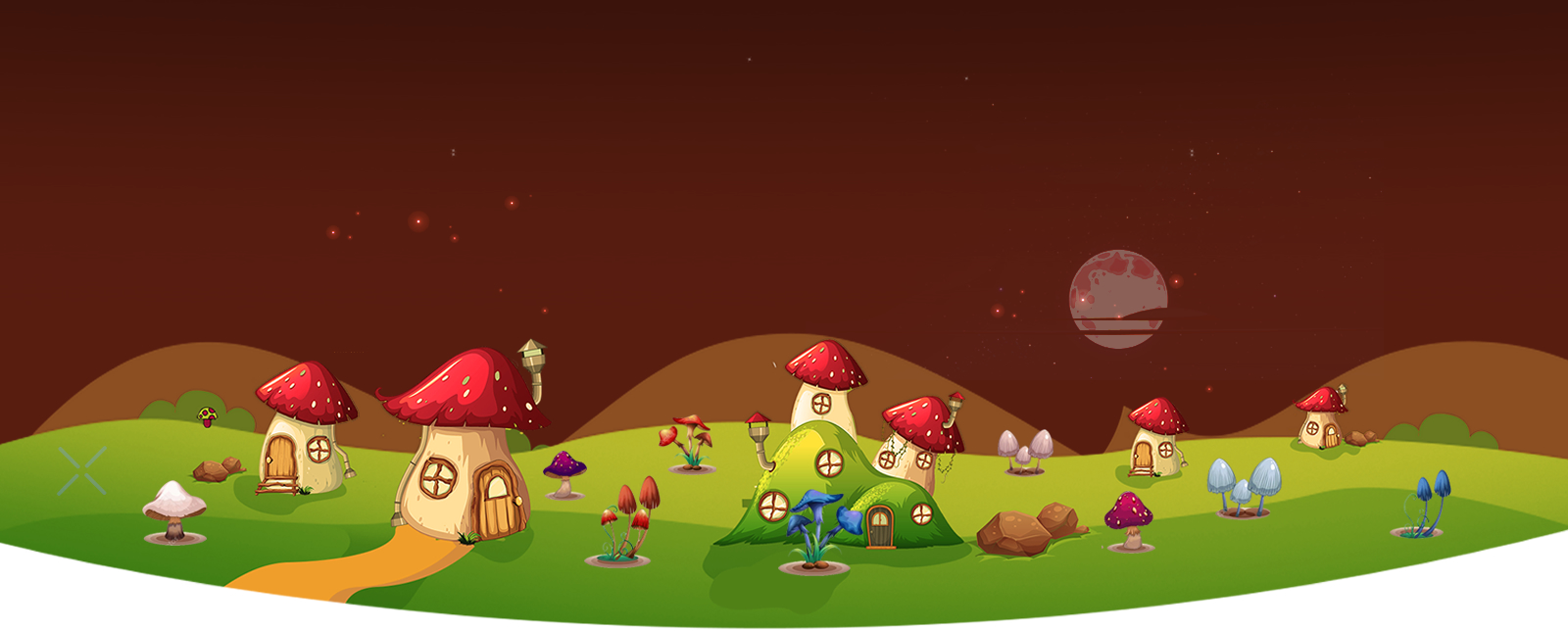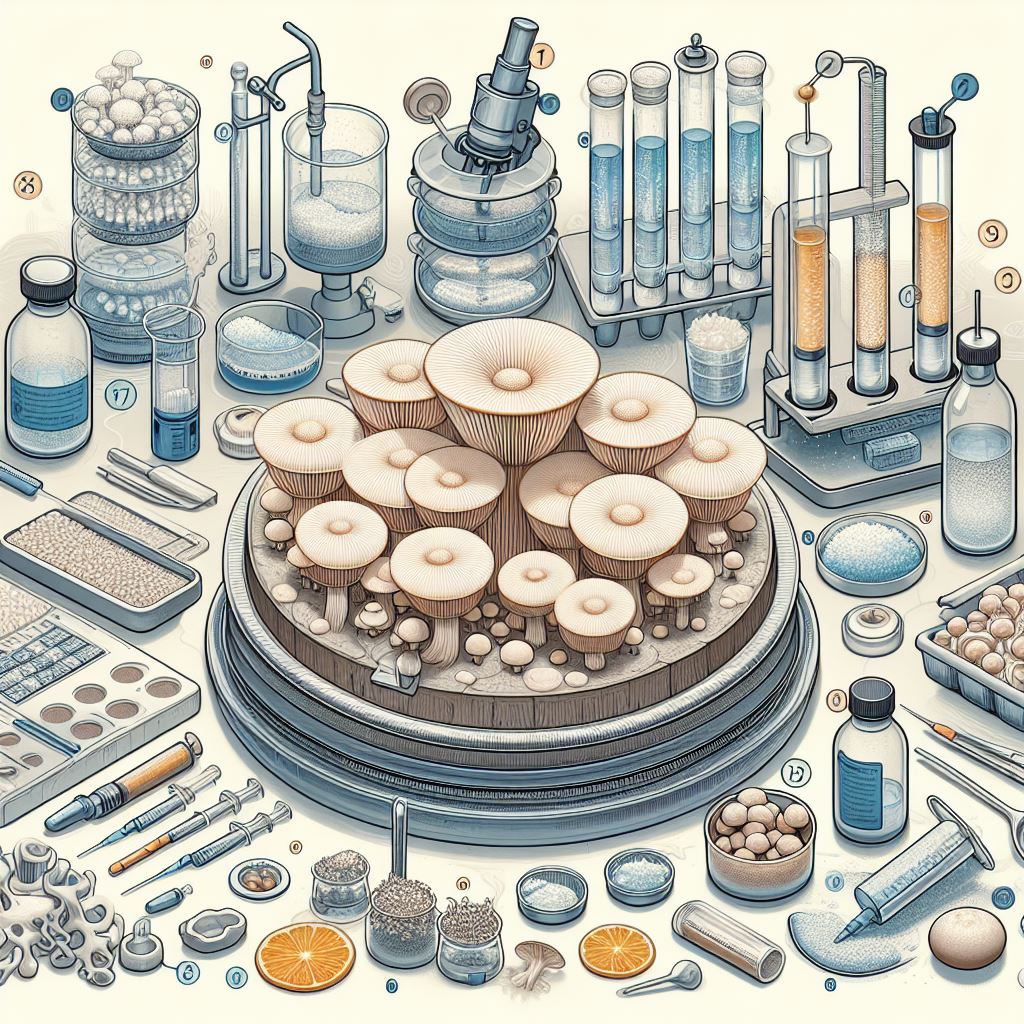No products in the cart.
Cloning Magic Mushrooms – All You Need To Know
Posted Date:19 Mar 2024 |
Embarking on the magical journey of cloning magic mushrooms? You’re in for an intriguing ride! Whether you’re a curious beginner or a seasoned enthusiast, understanding the ins and outs of cloning these mystical fungi is key.
Let’s unravel the secrets together, making the process clear and accessible. In this guide, we’ll break down the essentials, offering a straightforward overview of cloning magic mushrooms.
Get ready to dive into the fascinating world of Mushroom Village, where you’ll discover all you need to know about the enchanting art of cloning magic mushrooms.
Cloning Magic Mushrooms: A Simple Guide
Curious about the world of mushroom cloning? It’s like creating a twin for your favorite mushroom! When we say “cloning,” we mean making an exact copy of a mushroom using a tiny piece of its living tissue.
Imagine it as making a photocopy of your favorite picture – that’s what cloning does for mushrooms. It helps us create genetically identical copies of these fascinating fungi.
So, what’s a clone? It’s the identical copy we make through this process. Let’s dive into the basics of mushroom cloning, making it easy for you to understand the magic behind growing your mushroom twins.
Whys of Mushroom Cloning
Wondering why anyone would want to clone mushrooms? Well, let’s uncover the secrets behind this fascinating process.
1. Capture Wild Wonders
- Cloning lets you duplicate mushrooms found in the wild. It’s like taking a piece of nature and bringing it into your own space.
2. Discovering Nature’s Treasures
- Ever seen a mushroom with unique traits like captivating colors or extraordinary shapes? Cloning helps you copy these special features for your own collection.
3. Copying Cultivated Goodies
- You can even clone mushrooms you buy from the store or ones you’ve grown yourself. It’s like having your favorite mushrooms on repeat!
Now, why bother with cloning? Imagine the forest as the original supermarket for all kinds of mushrooms. While collecting spores from wild mushrooms might be a bit of a gamble, cloning ensures you get identical genetic copies, ready to thrive in your local environment.
And that’s not all! Cloning lets you copy mushrooms with super cool characteristics – think larger fruits, quicker growth times, and a whole bunch of other valuable traits. It’s like picking the best of the best to create your ultimate mushroom lineup. Ready to dive into the world of mushroom cloning magic?
Exploring the Ideal Mushrooms for Cloning
Let’s dive into the world of mushroom cloning and discover which ones are the best candidates for this fascinating process.
1. Types of Mushrooms
- Mushrooms come in different types based on how they get their nutrition. We have saprotrophic, parasitic, and mycorrhizal mushrooms.
2. The Easy Cloners: Saprotrophic Mushrooms
- Among these types, saprotrophic mushrooms are the easiest to clone and cultivate. They thrive on decomposing organic matter.
3. Top Picks for Cloning
- Not all saprotrophic mushrooms are created equal when it comes to cloning. The hardy, fast-growing varieties steal the spotlight. Think oyster mushrooms, shiitake, and lion’s mane.
4. The Easy-Going Ones
- When it comes to ease of cloning, opt for mushrooms like shiitake, king oysters, and cremini. These thick and fleshy delights make the cloning process a breeze.
5. The Button Stage Secret
- To maximize success, choose young mushrooms still in their button stage. At this early growth phase, mushrooms are on a speedy journey, doubling in size daily.
Whether you go for the versatile oyster mushrooms or the hearty shiitake, cloning becomes a joy with these fantastic fungi. Ready to embark on your mushroom cloning adventure? Let the cloning begin with the best in the mushroom kingdom!
Making Mushroom Cloning a Breeze
Wondering if cloning a mushroom is a walk in the park? Well, good news – it’s easier than you might think! Let’s break down the process into simple steps, and you’ll be on your way to creating your own mushroom culture.
- Opt for mushrooms that are thick and fleshy, such as king oyster, shiitake, gold top, or trusty button mushrooms. They’re the easiest companions for your cloning journey.
- Creating your own culture on an agar plate involves just a few straightforward steps. It’s a DIY project that won’t require a Ph.D. in mycology!
- When dealing with agar, speed is your ally. Work quickly to avoid contamination. The good news? Contaminants don’t stand a chance against the speedy colonization of mycelium.
- Agar not only makes the cloning process easier but also helps in isolating mycelium from potential contaminants. Its efficiency makes the entire process smoother.
In a nutshell, cloning a mushroom is a user-friendly adventure, especially when you have the right mushrooms by your side. So, gear up for a quick and exciting journey into the world of mushroom cloning!
Understanding The Agar Plate Magic
Ever wondered about the wizardry behind mushroom cultivation? Enter the world of Agar Plates! These magical dishes play a crucial role in fostering the growth of mycelium, the backbone of mushroom development.
What’s an Agar Plate?
- Picture a sterile petri dish filled with a special nutrient-rich gel – that’s an Agar Plate! It provides the perfect environment for mycelium to flourish.
Why Agar Plates?
- Growing mycelium on an agar plate isn’t just a fancy trick. It’s like putting your mycelium in a cozy, nutrient-packed home, ensuring it stays healthy for a longer time. Plus, you can use these plates to spot and eliminate any unwanted guests (contaminants) or create pure mushroom cultures.
Essentials for the Magic Show:
- Agar Plate: The star of the show, your nutrient-rich platform.
- Mushroom Fruiting Body: The main act, providing the magical mycelium.
- Scalpel: Your precision wand for crafting and creating.
- Torch: Shedding light on the mysteries within.
- Permanent Marker: Ensuring your creations are properly labeled.
- Parafilm or Plastic Wrap: The protective cloak for your dishes.
Assemble these tools, and you’re ready to embark on your magical journey of mushroom cultivation with agar plates!
Set the Stage – Prepare Your Workspace
- Before diving into the mystical world of mushroom cloning, ensure your workspace is squeaky clean. Wipe down surfaces, close the room, and let it settle for at least 30 minutes. For optimal results, consider using a laminar flow hood, but don’t worry if you’re without one; we’ll make it work.
Clean & Open the Mushroom
- Treat your mushroom like royalty. Wipe its outer surface with alcohol to banish any lurking debris. Gently open it up, revealing the inner treasure. Make sure that what you unveil is pure and uncontaminated.
Enchant the Scalpel – Heat Sterilization
- The scalpel is your wand in this magical endeavor. Give it the royal treatment by heating it until it’s sterile. Remember, once sterilized, it should not touch any surface. Swiftly move on to the next steps to avoid contamination.
Harvest the Essence – Remove a Sample
- With your enchanted scalpel, delicately harvest a sample from the mushroom’s heart. This is the essence that will spark the magic.
A Dance of Transfer – Place the Sample
- Lay your precious sample at the center of an agar plate, like placing the centerpiece in a grand feast. Swiftly cover it back up to keep the enchantment intact.
Seal, Label & Keep the Secret Safe
- Seal the agar plate’s secrets with parafilm or plastic wrap. Label each plate with the species and the date, like sealing a secret letter. Keep them at room temperature, away from sunlight, and watch the magic unfold. Any unwelcome visitors (contaminants) usually show up within 3-5 days.
FAQs:
Why do we clone mushrooms?
To capture the essence of wild strains, seek valuable traits, and replicate cultivated varieties. The forest, a treasure trove of diversity, becomes the source for extraordinary strains, each with its unique charm. Cloning allows us to preserve these wonders and adapt them to our local environments.
What about the best mushrooms to clone?
Saprotrophic mushrooms, especially the hardy and fast-growing ones like oyster, shiitake, and lion’s mane, steal the spotlight. Their fleshy nature makes them ideal for the cloning dance. Young mushrooms in their button stage are the chosen ones, promising a symphony of growth.
Is cloning a mushroom an easy feat?
Absolutely. The process involves creating a culture on an agar plate, a stage where thick, fleshy mushrooms like king oyster take the lead. The speed of mycelium colonization aids in avoiding contamination, making this dance of creation accessible to all.
Comments: 0

